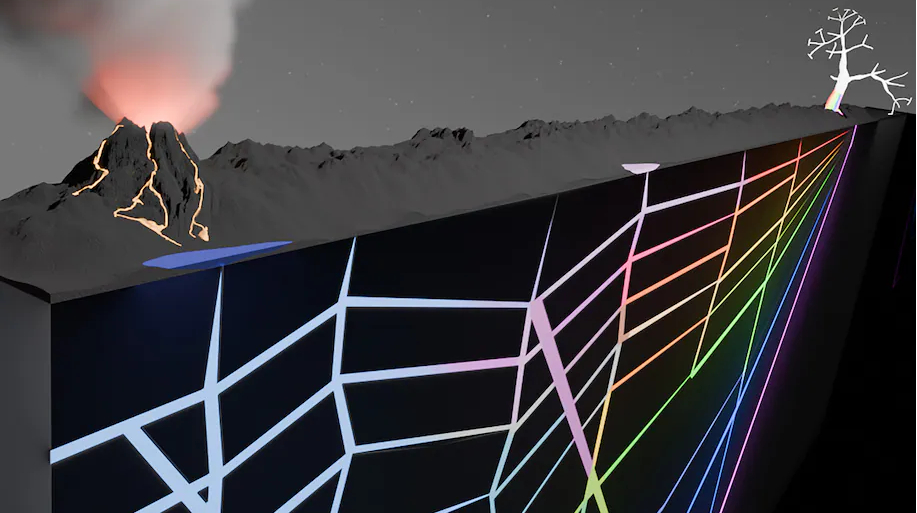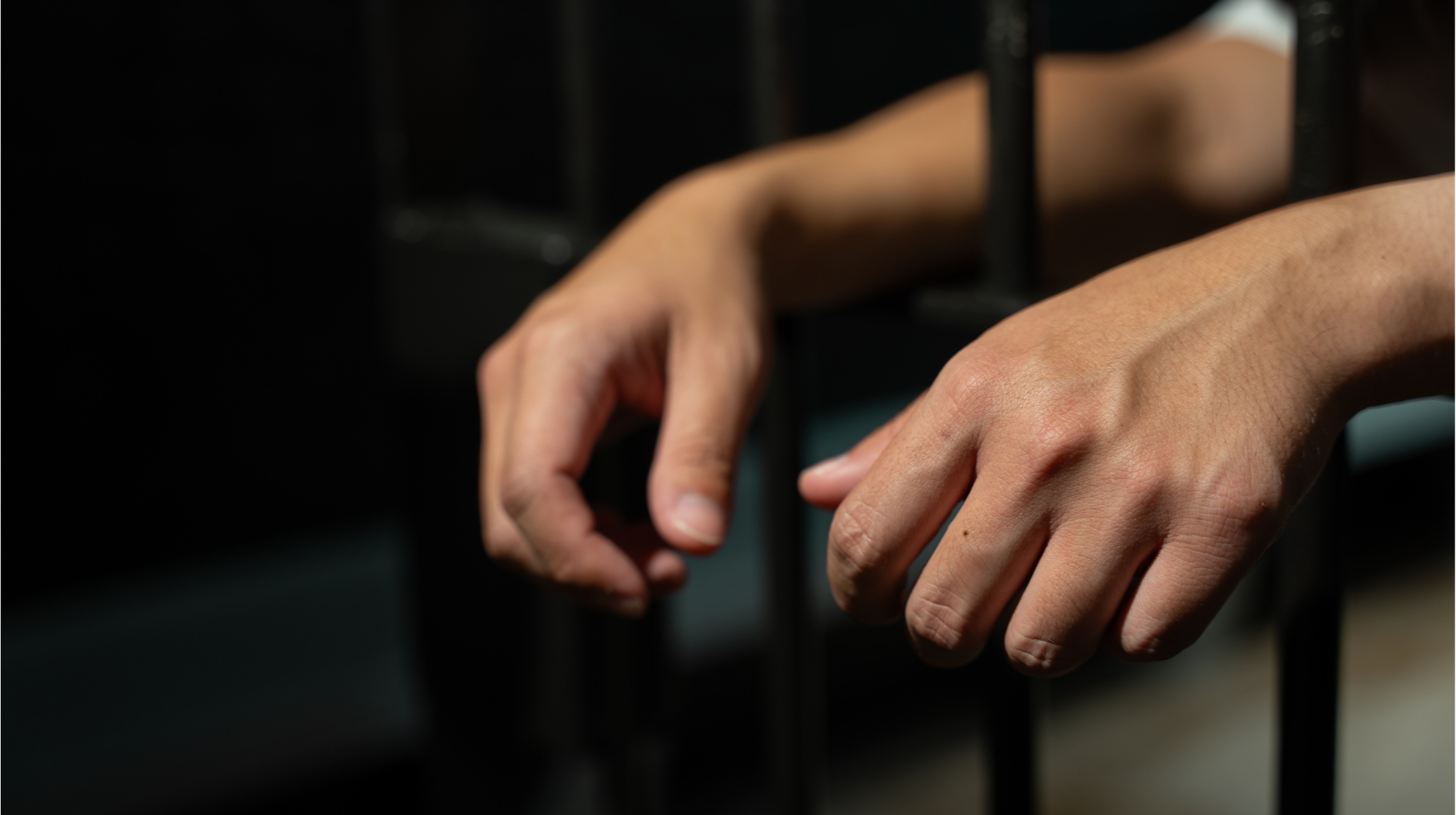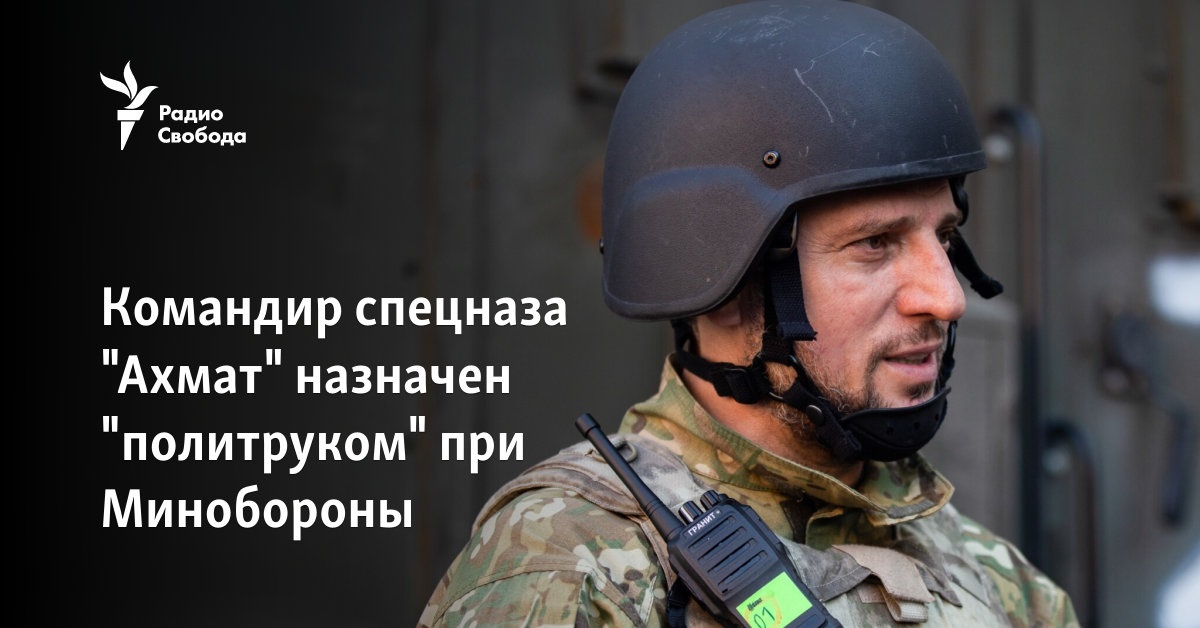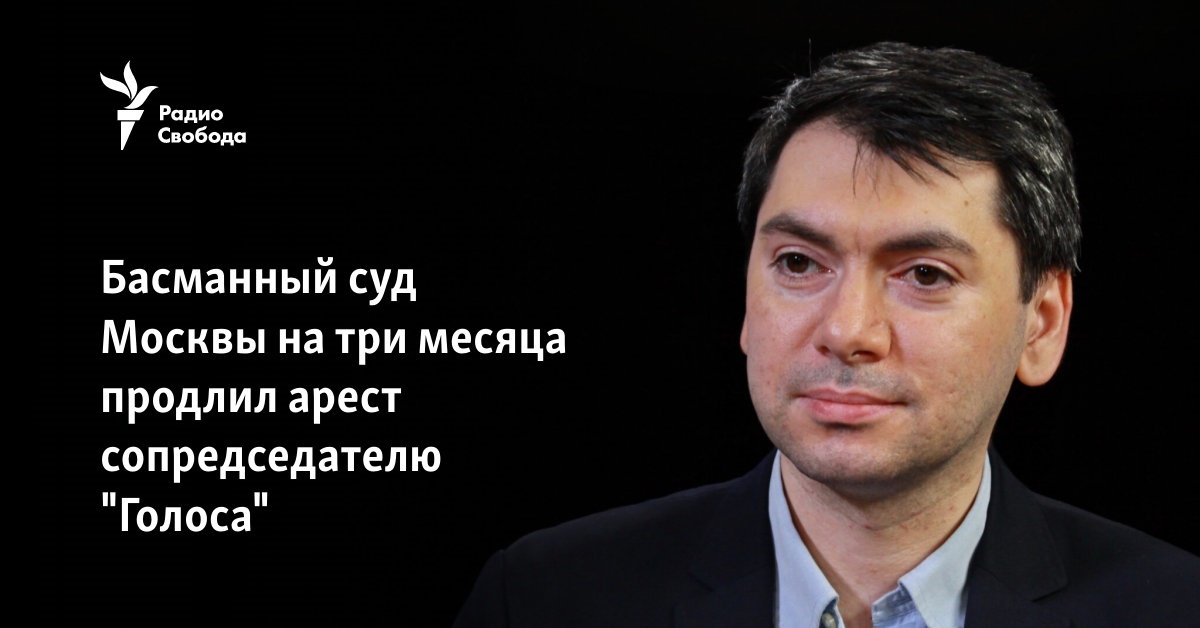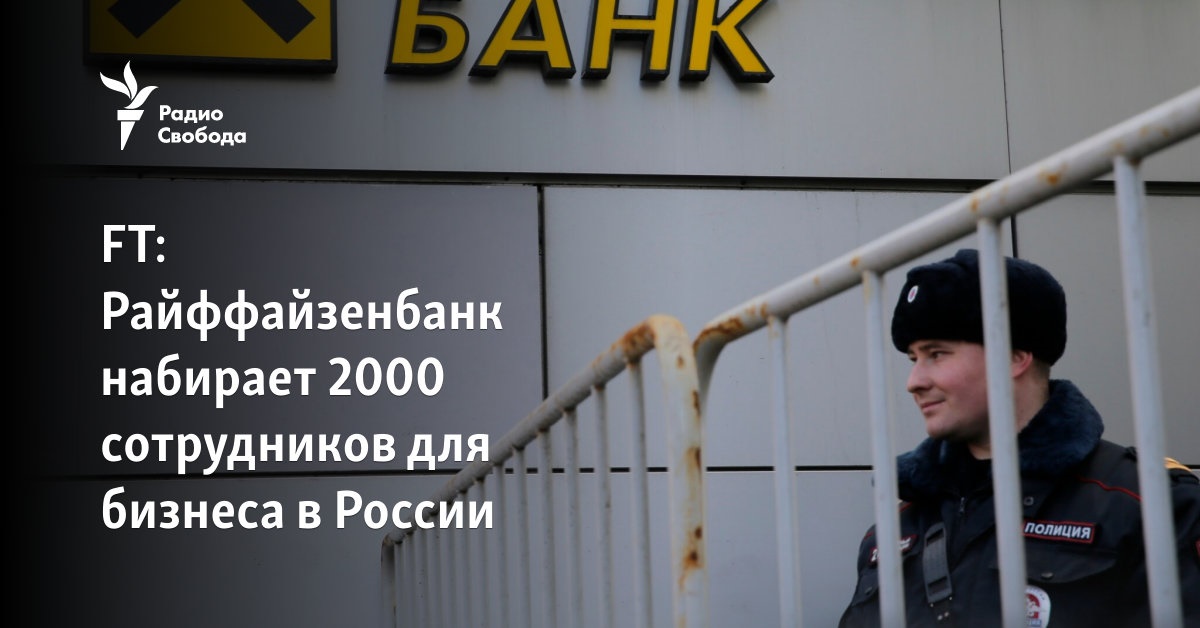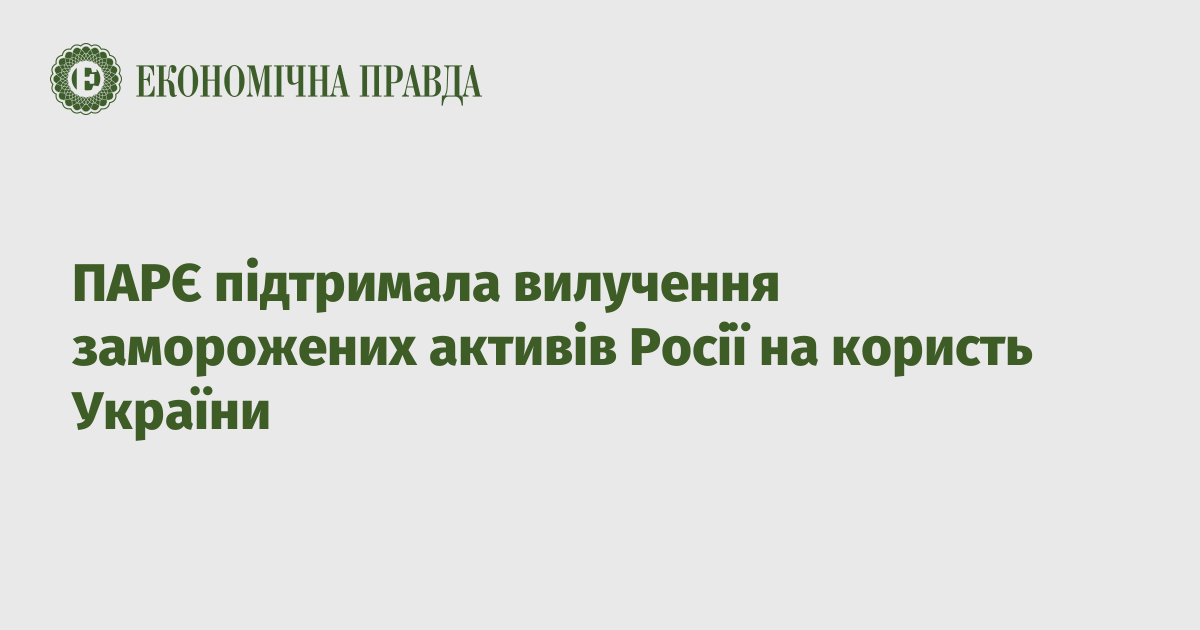My Kherson. How war cures superiority to a small homeland
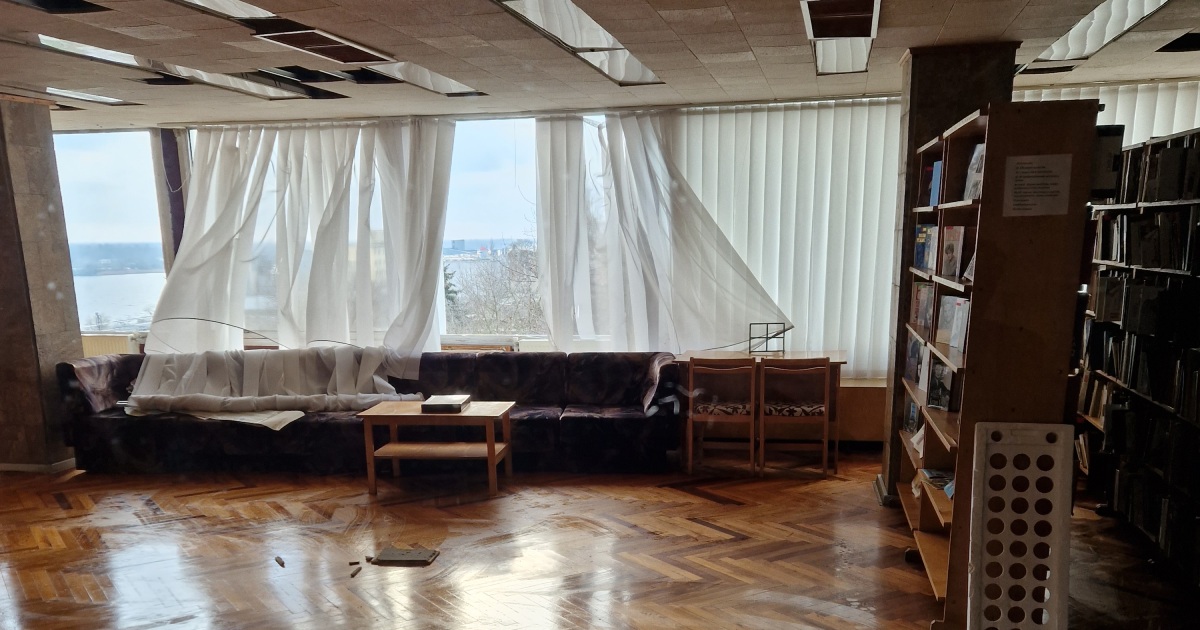
Ukrainians are changing their attitude towards each other. People who, before the full-scale Russian invasion, often became the heroes of jokes, gained respect and admiration: the utility workers who repair the city’s damaged communications between rocket attacks, the conductors who take care of the full cars of people on the evacuation trains, the road workers who pave the pits after the explosions, as soon as the smoke clears from hits The change of attitude towards the small homeland and its people became the subject of the third “anthropological” essay of UP.Zhyttia. The editor of the department, Tetyana Pushnova, observes the changes that are taking place in her perception of Kherson – the city in which she spent her childhood, finding there the USSR, the Declaration of Independence, and the difficult 90s. On the cover is a photo of Tetyana Teren from the Kherson Regional Library named after Oles Honchar. My friends went to Kherson in December. And they shot a video about the city of my childhood traumas and dreams. In this video, I see how Tanya Ogarkova, a brilliant literary critic and mother of three children, puts on a bulletproof vest and a helmet before entering the city. I see how Volodya Yermolenko, Tanya’s husband, a philosopher, unloads humanitarian aid from their family bag. I see other great writers and cultural managers on the streets of my native beaten city, which, even before the invasion, was kept in my memory quite poorly – a piece of asphalt among the steppe and swamps. I think about what I would really like to show these sophisticated and wise friends in my Kherson, if… If This inappropriate “if” has been popping up in quite unexpected places lately and spoiling the course of the story. I’m starting to think what if what? If not for the war? No, there is no war here. If I had a real family home-nest here in Kherson, in which I could receive friends… Oooooooodiii b!!!! And then nothing would happen. In fact, the main “if” here is a dislike for the city in which I lived for the first part of my life and from which I happily escaped a long, long time ago. Once I went on a business trip to Kherson and lived in a hotel without telling anyone that I was there. It was good for me to be a guest in my hometown, even somehow happy that I can be with him like this. Kherson – what is there to love in a city with such a name??? In my life, there is only one frequently repeated situation in which I proudly pronounced “I’m from Kherson!” – when they remarked on my Ukrainian language. And they asked where I was from, hoping to hear that I was from Halych. And no! I’m from Kherson, that’s how cool I am, yeah… Places With “if only” they figured it out. Now I consider that with such “if” I could show my friends in the city of my childhood. When a person shows his city, he talks first of all about himself. Therefore, as well as the story about himself, he tries to beautify or heroize his city. I don’t have such stories and such places. Catherine’s Cathedral, a stump of provincial classicism surrounded by defensive ramparts. It would be possible to show it, that is where “Katerynych” Hryhoriy Potemkin, who liquidated Zaporizhzhya Sich, is buried. There is also the grave of collaborator Ivan Synelnikov, a native of the Ostrogoz Cossack regiment and Potemkin’s son-in-law. And another imperial “pantheon”. And somehow it becomes very unheroic. It’s good that my friends are smart and we could build some witty anti-imperial metaphors on their graves and have a laugh. Go to parks – Komsomolsky or Lenina? Now they have other names, but Soviet toponyms settled in my memory. There is almost the only large tree in Lenin Park – an old oak, which everyone called Pushkin’s oak for some reason. Show them Suvorov Street (we will turn to it from Ushakov Street) with a bronze bust of this imperial conqueror, with a provincial classicist building stamped in St. Petersburg offices? The news that the Russians had stolen both Suvorov’s bronze bust and Potemkin’s corpse seemed to me too good to be true. He can show them Junior High School No. 3, whose premises are the same provincial classicism. But the talented Sergei Polunin studied there – a world-famous ballerina who got a tattoo of Putin and swore loyalty to him. The place where Kateryna Handzyuk was attacked also comes to mind… I can’t remember anything good about my city – my brain doesn’t have the skills to remember it “well”. I had a rather banal Soviet childhood – a resident of a typical micro-district near a large factory, flats – 5 people in two rooms. Queues for shortages with grandmother, so that not in two hands, but in four. Soviet classics on the shelves, among which are luxury novels by Jules Verne and Walter Scott, purchased for collected waste paper. My hometown, which I remember, is rooted in just such a context, I don’t want to show it to anyone. Even to such close and distant friends. Undoubtedly, the people of Kherson had their own ways of escaping – getting on a boat and going to the Dnieper rivers, to the country or to go fishing. This is exactly what I would suggest to my friends. I would show them under which pier we dived for crayfish, where our relatives’ cottage was, where I first saw a wild boar in the reeds. Here it is, my stash of childhood dreams – unheroic, small and ordinary. And not urban at all. It’s about escaping from the city, not about it… This is roughly how the dachas in the flood plains looked, these places are still under occupation. Photo: flikr/Nastya People It was uncomfortable for me to live in Kherson, it is uncomfortable for me to remember it, so why am I crying all morning over its streets, on which my friends walk in armored cars and helmets?! Why is it hurting me so much and why can’t I stop this video and stop it and look at the details in the freeze frames?! I’m trying to figure it out somehow. Here, friends are sitting in a circle around Oleksandr Kniga, the director of the Kherson theater named after Kulish. The theater building was also built according to the template of the renewed Russian empire – the Soviet one. A theater in Mariupol was built according to the same project. The spoils of the empire destroyed it along with the people inside. The Kulish theater is now a humanitarian headquarters, where they accumulate and distribute aid – things, food. Among the essentials are Ukrainian-language children’s books. They touch me the most – I pause the video to watch our family’s favorite series “Judy Moody”. Oleksandr tells the story of his captivity – he was abducted by the occupiers, persuaded to cooperate. He is smiling, wearing a sweatshirt with the outline of Lesya Ukrainka’s profile. How could he be like that in Kherson? Obviously, his Kherson is completely different, it has his theater, his Melpomene Tavria festival. His city clearly has a different toponymy and a different sound. And it seems that this gives him the strength to be in this city, to smile, to hope for the best. I want to visit Oleksandr Knigi’s Kherson, to visit the theater where my mother and I went as children. I immerse myself in the warmth of memories – why did I rarely remember this before? Here is a history professor talking about volunteer work during the occupation. She is shot in profile, I can’t get a good look at her, but I think I know this woman – she has the face of my mother’s friend. Her name is not on the video. I want to get to know her better. And also with this “volunteer boy, or angel, or devil, I don’t know… but he brought everything I needed,” about whom this professor tells. What kind of Kherson is this “boy”? Let’s see! All the people in this video speak incredible Ukrainian. With a slightly softened southern “h”, the same as mine. I look at the broken windows of Honchar’s library and the tattered white curtains on them. Through these windows, the library looks at the other bank of the Dnieper – where the occupiers remain. This is a symbolic monument to this war – the crumbling concrete building of the library stands right on the front line, in the line of fire. The occupiers robbed it and took away valuable publications. It is a pity that they did not limit themselves to Potemkin’s corpse. Once I wrote essays here in high school and was very proud of myself – I had a reader’s card to a real adult library. The war knocks out of me these memories of “normal” Kherson, it paradoxically makes me fall in love with the city of my childhood again. To be proud of the people who live in it, to learn about it what I missed during the unloved years. One of such memories is related to the Kherson Art Museum. It is also in the video of my friends – there are holes from shelling on the walls of the building. It stands close to the river, to the front line. Its tower – the former city hall – is clearly visible from afar. The memory of the museum is older, it probably started my return to Kherson. It happened in November last year, when I learned that the Russians had looted the museum’s collection. They took out museum objects and paintings from there by trucks, among them, most likely, there were works of my father’s friends. He is a metal artist, his colleagues in the workshop – sculptors and painters – provided their works to the then new museum. It was honorable, their works “neighbored” next to Aivazovsky. The paintings of the famous marine artist were one of the central ones in the collection, I often heard his name in the conversations of my father’s friends. These memories are incredibly dear to me and now they are central to the memory of my childhood city, where strong people live, with whom I want to be close. In the video, I am trying to recognize the profile of the philosopher Vakhtang Kebuladze while driving a car. He drives me through the streets with ruined houses, and for some reason I am glad that my friends were able to see my liberated Kherson as ours. And show it to me.
Original Source Link



